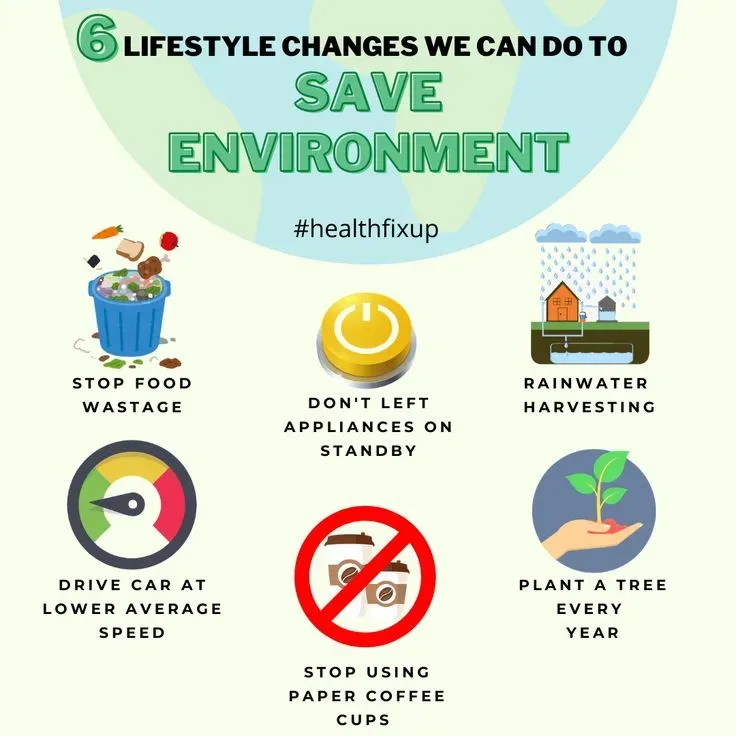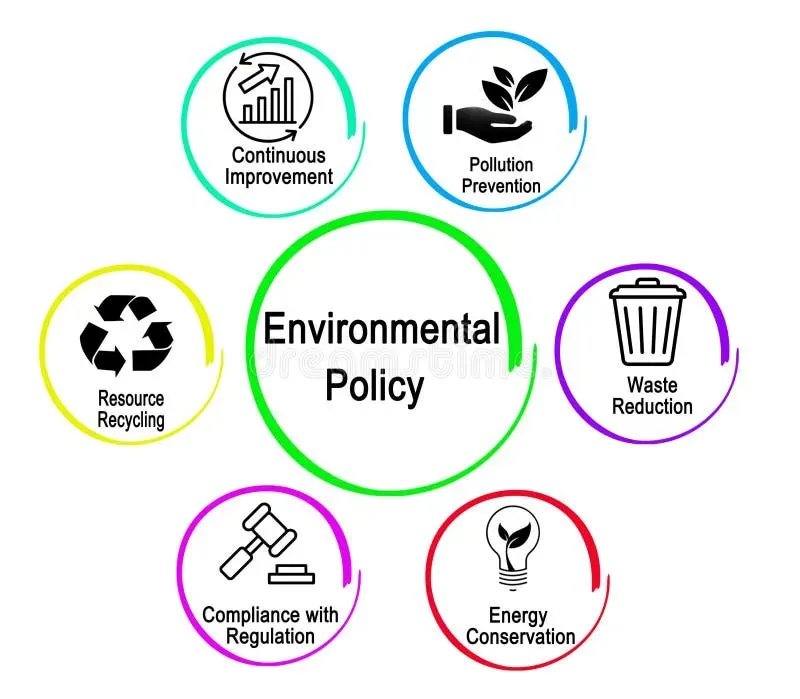Plastic Pollution Solutions are no longer a distant ideal but a practical framework for action that individuals, communities, businesses, and governments can implement today. By embracing ocean plastic pollution prevention, we address the root causes of litter before it reaches rivers and seas. This approach links prevention with everyday choices, corporate responsibility, and smarter product design to reduce the flow of plastics into the environment. A practical mix of policy, innovation, and community action shows that meaningful improvements can scale from neighborhood drives to nationwide programs. Through clear goals and collaborative effort, we can safeguard oceans, rivers, and beaches while creating opportunities for healthier ecosystems and economies.
To frame this challenge in broader terms, the issue can be understood as marine litter and resource waste that migrates from households and industries into waterways. A systems approach engages communities and regulators in reducing packaging waste, improving product design, and fostering a circular material loop. By focusing on sustainable materials, extended producer responsibility, and improved take-back programs, governments and the private sector can shift incentives toward longer product lifecycles. Educating consumers about the life cycle of plastics and encouraging responsible consumption aligns with remediation and prevention strategies to protect oceans and coasts. In essence, this perspective complements direct cleanup and waste management with policy, industry collaboration, and citizen engagement to reduce the environmental footprint of everyday products.
Plastic Pollution Solutions: Prevention, Waste Management, and Recovery
Plastic Pollution Solutions begin with prevention—reducing the volume of plastic produced and discarded before it becomes waste. By choosing reusable items, avoiding unnecessary packaging, and supporting brands that package responsibly, communities can advance ocean plastic pollution prevention at scale. When products are designed with recycling in mind, the need for post-use cleanup diminishes, protecting wildlife and coastal habitats and easing pressure on waste systems. This preventive approach sets the stage for more resilient plastic waste management and cleaner waterways.
Beyond individual actions, business and government leadership are essential. Prevention naturally feeds into improved plastic waste management, as reliable collection, sorting, and disposal reduce leakage into the environment. Investments in modern recycling infrastructure and formalized programs help ensure plastics are captured and re-enter the economy rather than ending up in landfills. Framing this work within a circular economy—standardized packaging, clearer labeling, and robust consumer education—also accelerates recycling plastics, lowers emissions, reduces single-use plastics, and enables marine debris cleanup to address already polluted sites.
Policy, Infrastructure, and Community Action for Ocean Health
Policy and institutional leadership amplify the impact of Plastic Pollution Solutions. Governments can enact policies that spur safer materials, fund waste infrastructure, and require producers to take responsibility for end-of-life products. These signals spur innovation and investment in circular packaging, take-back programs, and clear labeling, while guiding industry toward better waste management and more widespread recycling plastics. When these frameworks align with ocean plastic pollution prevention goals, communities benefit through cleaner waterways and healthier coastlines.
Community engagement and collaboration complete the picture. Civil society organizations, researchers, and educators track pollution trends, share best practices, and support marine debris cleanup initiatives that demonstrate tangible results. Local cleanups along beaches, rivers, and estuaries prevent plastics from entering fragile ecosystems and supply data to refine prevention and waste-management strategies. This coordinated action helps accelerate reductions in single-use plastics and sustains momentum toward a healthier ocean and coastline for future generations.
Frequently Asked Questions
What are Plastic Pollution Solutions, and how can ocean plastic pollution prevention, plastic waste management, and marine debris cleanup be implemented together?
Plastic Pollution Solutions provide a practical framework that individuals, communities, businesses, and governments can implement today. They center on prevention, improved plastic waste management, and proactive marine debris cleanup, while also leveraging policy and industry actions. Emphasizing ocean plastic pollution prevention, building stronger plastic waste management systems, and promoting recycling plastics help reduce litter, keep materials in use, and protect wildlife and human health. When prevention is prioritized, the need for post-use cleanup declines, supporting a shift toward a circular plastics economy. Real-world steps include design-for-recycling packaging, extended producer responsibility, and community cleanup programs that embody these principles.
How can I contribute to Plastic Pollution Solutions in daily life by reducing single-use plastics and recycling plastics, and what role do policy and industry play?
You can advance Plastic Pollution Solutions through everyday choices that minimize plastic waste and strengthen waste management. Start by reducing single-use plastics, using reusable items, and supporting brands with responsible packaging. Participate in or organize local marine debris cleanup and properly sort and recycle plastics through community programs. Advocate for better plastic waste management and robust recycling plastics systems, and encourage policymakers and industry to adopt circular packaging, safer materials, and extended producer responsibility.
| Aspect | Key Points | Impact / Notes |
|---|---|---|
| Prevention | Reduce plastic production and discard; use reusable items; choose brands with responsible packaging; apply design-for-recycling; implement extended producer responsibility; governments set standards to push safer, more sustainable materials. | Prevention lowers future cleanup needs and improves ecosystem health. |
| Waste Management | Establish efficient collection, reliable recycling infrastructure, and proper disposal channels; invest in modern sorting tech; educate the public; formalize recycling programs. | Reduces leakage into the environment and supports public health and cleaner urban/coastline conditions. |
| Recycling Plastics | Part of a circular economy; reduces demand for virgin materials; standardized packaging and better labeling; consumer education; invest in advanced recycling technologies; higher-quality recycled products. | Increases recycling rates, creates economic opportunities, and keeps materials circulating as resources rather than waste. |
| Reducing Single-Use Plastics | Ban or tax single-use items; promote reusable or durable alternatives; design for durability, reuse, and recyclability; consider life-cycle impacts; explore substitutes where appropriate. | Lowers litter and wildlife harm; spurs innovation in sustainable product design and packaging; requires ongoing policy and market support. |
| Marine Debris Cleanup | Organize and participate in cleanup of beaches, rivers, and coastlines; educate communities; prevent plastics from entering the ocean; complement prevention and waste management. | Protects ecosystems, restores habitats, and engages local communities in environmental stewardship. |
| Policy & Institutional Leadership | Governments enact safer-material policies, fund waste infrastructure, and require producer Take-Back responsibilities; private sector benefits from clear signals; civil society tracks trends and raises awareness. | Creates an enabling ecosystem that catalyzes innovation and investment in safer materials and circular packaging. |
| Case Studies | Examples include a coastal city expanding recycling and a deposit-return system; a multinational brand adopting design-for-recycling and longer product lifecycles; regional initiatives improving waste management in underserved communities. | Demonstrates real-world progress and the power of coordinated actions, funding, and community buy-in. |
| What Individuals Can Do |
|
Empowers individuals to contribute to systemic change and helps build momentum for broader policy and industry shifts. |
Summary
Below is an HTML table summarizing the key points from the base content about Plastic Pollution Solutions, followed by a descriptive conclusion optimized for SEO with the term Plastic Pollution Solutions.



